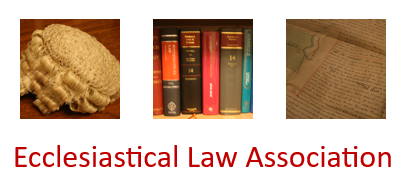The incumbent and churchwardens applied for a faculty to permit various items of reordering in order to provide facilities in the church for a wide range of church and community events in what is a fairly isolated village. The proposals included 2 WCs, a "kitchen pod", a new staircase and ringing floor, new cupboards, replacement of the pews with wooden unupholstered chairs, moving of the font, new underfloor heating, new flooring, new lighting, solar panels, an air source heat pump, and new water and sewage services. A local objector claimed that no detailed costings had been carried out, and he challenged the assumptions about community use. The amenity societies involved had reservations about the kitchen facilities being enclosed, because of the impact of the walls on the surrounding church fabric. The Chancellor granted a faculty, to enable the petitioners to move forward with obtaining funding, but he reserved a decision as to whether the kitchen facilities should be enclosed or not until he had visited the church and made a final decision.

